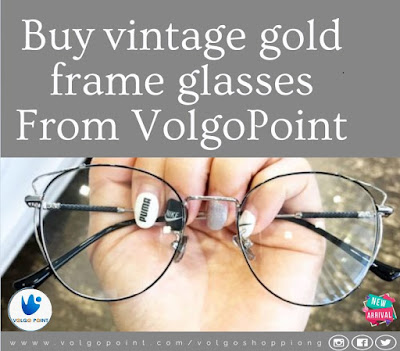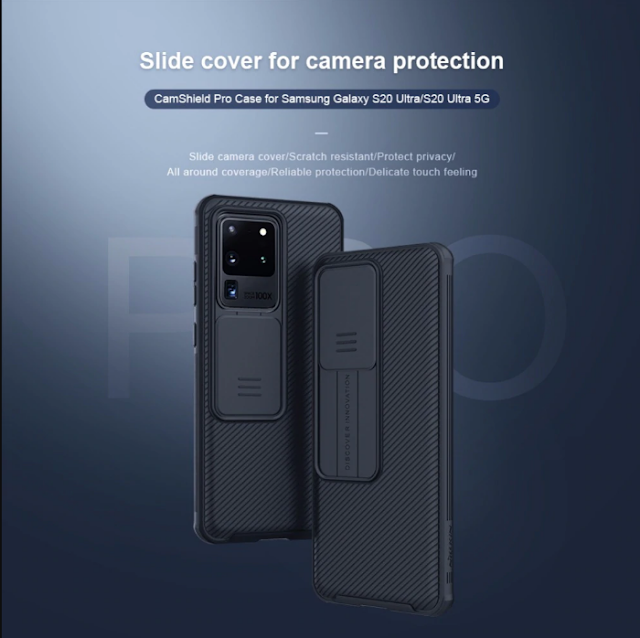Glass Industry Terms - Everything You've Always Wanted to Know About Glass But Were Afraid to Ask
What is frit? Frit is an industry term for the paint that is applied around the edge of the car glass parts. One of the key fixings in frit is a glass fired molecule that wires to the glass surface making it a truly solid and scratch safe surface.
For what reason is frit (paint) on the glass? Frit serves two jobs on the glass. To start with, it is a restorative element that is utilized to conceal inside trim and pinch weld subtleties. Early model vehicles utilized wide moldings to cloud what might some way or another be uncovered zones. As moldings decreased to the point of nonexistence on a few current models, the frit had a more prominent job in covering incomplete zones of the vehicle. Furthermore, the frit hinders the UV corruption of urethane glues.
While the frit won't totally hinder the UV beams from going through the glass, it does essentially decrease UV light transmission. Most urethanes are not UV stable. In the event that urethane is left presented to daylight for delayed timeframes, it will yellow and turn powdery. The nearness of the frit will expand the lifetime of the urethane cement framework.
What number of sorts of fruit are there? There are several kinds of frits produced for car glass applications. The most widely recognized car glass frits we use are dark, dim and white albeit different hues are accessible. Frit glues are created to work in mix with the handling prerequisites required for a particular part. Each glue is created for the particular heater time and temperature parameters used to create parts at an assembling area. It isn't phenomenal for a glass producing office to work with twelve distinctive frit types of glue.
How is frit applied to the glass? Frit is applied to the glass using a silkscreen strategy. It is fundamentally the same as the technique used to silk-screen T-shirts. A picture of the frit configuration is produced for the glass in the bowed or bent shape. At that point, the picture is opened up and straightened. A silkscreen is made to permit the frit to go through openings in the screen. The openings relate to the last plan picture. The frit is a thick glue that is put onto the screen. Squeegees are utilized to push the frit glue through the screen openings and onto the glass. Frit is applied to the glass while it is in the level situation before it is handled through the heater. The heater assists with restoring the frit and to combine it to the glass surface. Each part with each extraordinary structure has an exceptional silkscreen. Silkscreens are continually being kept up for the duration of the life of a section. Due to the delicate idea of the screens, they will wear out and normally should be revamped all through the lifetime of a section underway.
What is Batch glass? Bunch is a glass reference term that distinguishes a piece of the assembling procedure. The crude parts of glass are appropriately proportioned and blended in groups for conveyance to the heater. Despite the fact that glass is made in a ceaseless procedure that runs 24 hours per day, each day of the year, the crude materials are included varying in clumps. To express that glass is group glass, it suggests that there isn't any post fabricating materials, for example, a film or covering, applied to the glass. Cluster glass gets every one of its qualities from the crude materials that are utilized to make the glass. On account of protection or sun oriented bunch glass, the dim colorants and UV inhibitors are blended in with the first fixings in the clump to make the glass.



Comments
Post a Comment